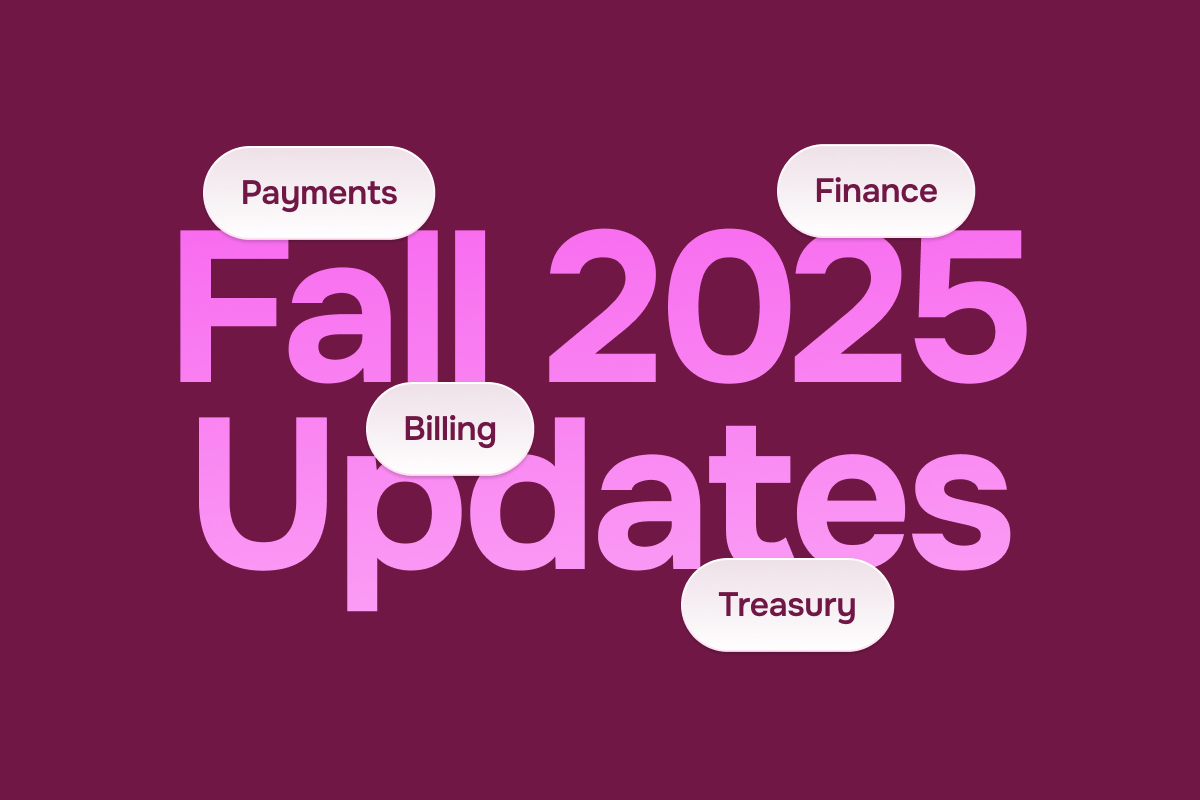FTC’s new negative option rule: What subscription-based merchants need to know
Industry
29 Oct 2024
5 min

Fairer sign-ups, honest disclosures, and easier exits—the new FTC rule changes subscription practices. Reduce risk, avoid penalties, and boost transparency.
As a payments provider, we understand the significance of maintaining trust and transparency between merchants and their customers. In today’s evolving regulatory landscape, it’s important to stay ahead of any changes that impact how businesses handle subscriptions, free trials, and recurring charges. One such update is the Federal Trade Commission’s (FTC) , which directly affects how merchants run their subscription-based services.
In this post, we’ll walk through the key changes introduced by the FTC, what these changes mean for merchants, and the steps subscription-based businesses should take to ensure compliance.
What is the FTC’s negative option rule?
The FTC’s Negative Option Rule, now formally titled the Rule Concerning Recurring Subscriptions and Other Negative Option Programs, aims to protect consumers from deceptive practices in subscription services. This updated rule addresses longstanding issues where consumers found themselves enrolled in subscriptions or recurring billing programs without their full understanding or consent.
These “negative option” programs typically interpret a customer’s silence or failure to take affirmative action as consent to continue receiving a product or service and being charged for it. Examples include free-to-paid trials, automatic renewals for services like streaming or magazines, and continuity plans where products are sent regularly until canceled.
The new rule strengthens the existing consumer protection framework, providing clearer guidance and more robust requirements for businesses operating in this space.
Key changes introduced by the FTC’s negative option rule
The updated rule brings significant changes that affect all merchants, especially those offering recurring billing services. The FTC’s new guidelines cover the following areas:
Simple cancellation mechanisms
The days of forcing consumers to jump through hoops to cancel their subscriptions are over. The most consumer-centric update is the requirement for merchants to provide a simple and straightforward cancellation process. Customers should be able to cancel subscriptions with ease, using a method that is at least as simple as the one used to sign up for the service.

Prohibition of misrepresentations
Under the new rule, any false or misleading statements made while marketing a subscription program are strictly prohibited. This means merchants must ensure all advertisements and promotional materials are transparent and truthful, especially concerning costs, terms, and cancellation processes.
Clear and conspicuous disclosures
Before obtaining a customer’s billing information, sellers must clearly disclose all material terms related to the negative option program. These include the cost of the service, the frequency of recurring charges, the duration of the subscription, and any cancellation procedures.
Affirmative consent requirement
The FTC now mandates that merchants obtain a consumer’s explicit, informed consent before charging them. Silence or passive agreement is no longer acceptable. Consumers must actively agree to the terms, and this agreement should be clearly documented to ensure there is no ambiguity.
When do the new requirements take effect?
The FTC’s updated Negative Option Rule will be enforced on two timelines:
- 60 days after publication: Most of the new requirements will become effective 60 days after the rule’s publication in the Federal Register.
- 180 days after publication: Certain provisions related to cancellation mechanisms (§ 425.4 through § 425.6) will take effect 180 days after the publication date.
This phased timeline allows merchants time to adapt their processes to meet these new regulations. Businesses must start making adjustments now to ensure compliance by the deadline.
Why this matters for subscription-based businesses
For businesses operating with recurring billing models, these changes mean a shift in how they manage customer sign-ups, communications, and cancellations. While compliance may seem like an added layer of complexity, these updates are designed to foster greater trust and transparency in customer relationships, which ultimately benefits your business.
Failure to comply could result in costly penalties, damage to your brand reputation, and the potential loss of customers. As acquiring banks and partners to subscription-based businesses, we want to emphasize that staying on the right side of regulation not only keeps you legally compliant but also strengthens long-term customer loyalty.
Recommendations for merchants
To help you navigate these changes, here are our top recommendations for subscription-based merchants:
Review and update marketing practices
Ensure all marketing materials accurately reflect the terms of your subscription services. This includes removing any ambiguous language that could be seen as misleading and clearly presenting all fees and terms. Transparency is key to gaining and keeping customer trust.
Implement clear consent mechanisms
Make it a priority to implement systems that capture and verify clear, affirmative consent from customers before any charges occur. You may need to adjust sign-up processes or create additional confirmation steps, such as requiring customers to check a box indicating they agree to the terms of service and recurring billing.
Simplify cancellation processes
Take a hard look at your current cancellation process. Is it simple, intuitive, and readily accessible? If not, you should streamline it to ensure customers can easily end their subscriptions. Consider adding a cancellation button or link in customer accounts or email communications.
Regularly audit your subscription practices
Ongoing compliance is key. Regularly audit your billing and subscription processes to ensure they align with FTC guidelines. This could mean reviewing customer complaints, identifying pain points in your user journey, and updating your practices based on regulatory changes.
Benefits of compliance
While these changes might require initial adjustments, the long-term benefits for merchants are clear. By adopting these standards, businesses can:
- Reduce the risk of disputes and chargebacks related to unclear billing practices.
- Enhance customer satisfaction and loyalty by offering a straightforward, transparent subscription experience.
- Protect their reputation by adhering to industry-leading consumer protection standards.
In conclusion, the FTC’s updates to the Negative Option Rule represent a necessary evolution in the way subscription services are marketed, managed, and canceled. As an acquiring bank, we are here to assist our merchants in navigating these regulatory changes, ensuring compliance, and supporting your business in delivering a better customer experience.
For more information on how we can help your business stay compliant, feel free to reach out to our team. Stay ahead of regulatory changes with us as your trusted financial partner. Keep following our blog for more insights and updates!
Recent articles










